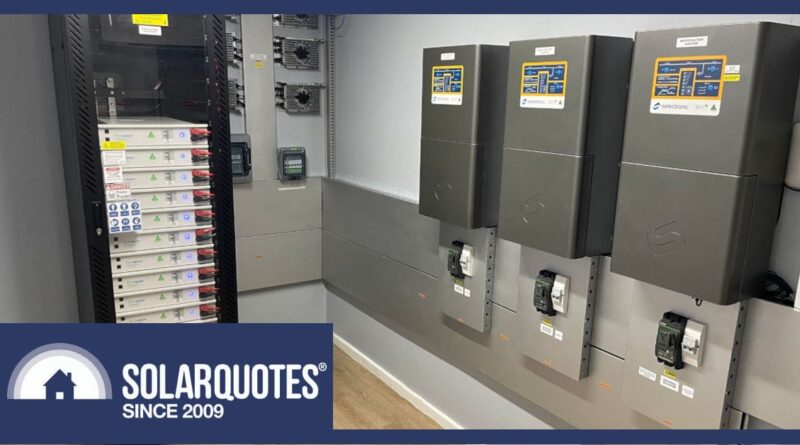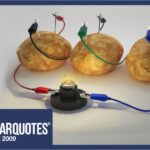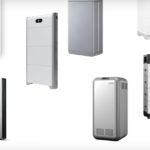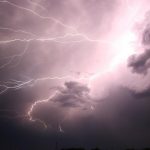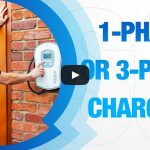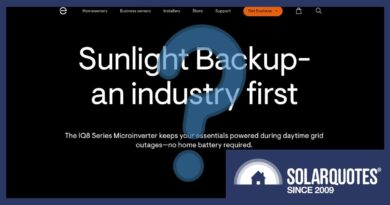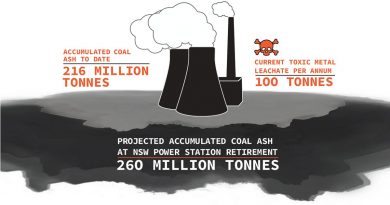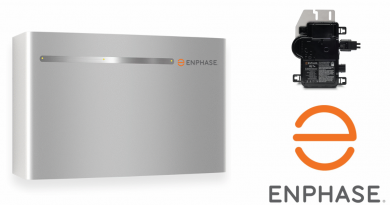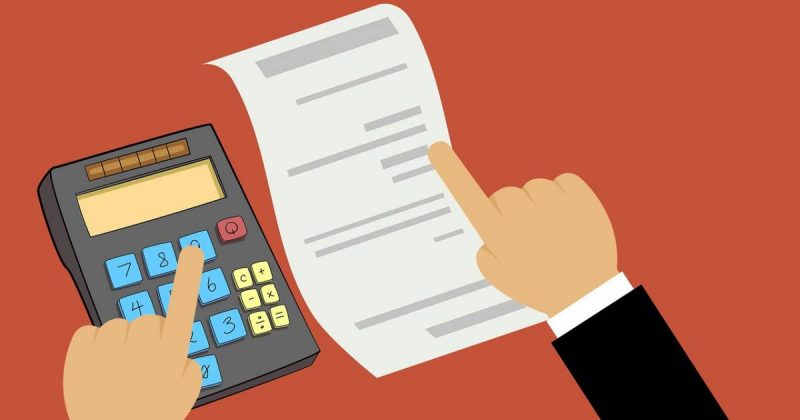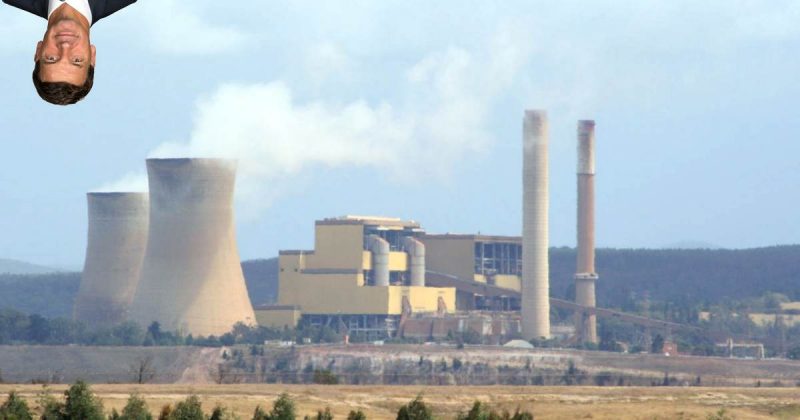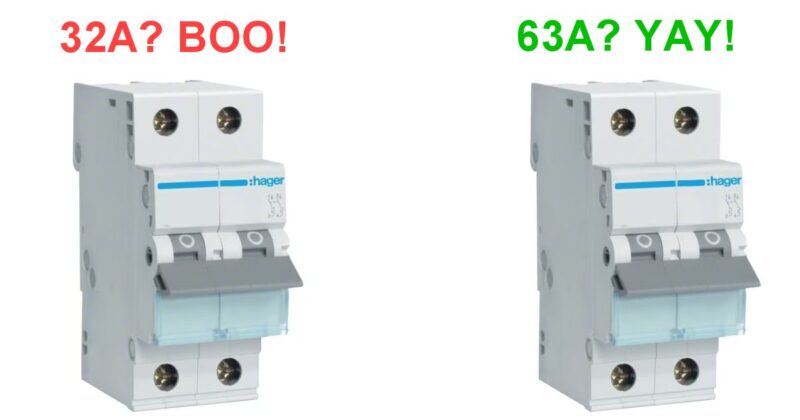Balancing Act: Do You Need Three Batteries On A 3 Phase House?
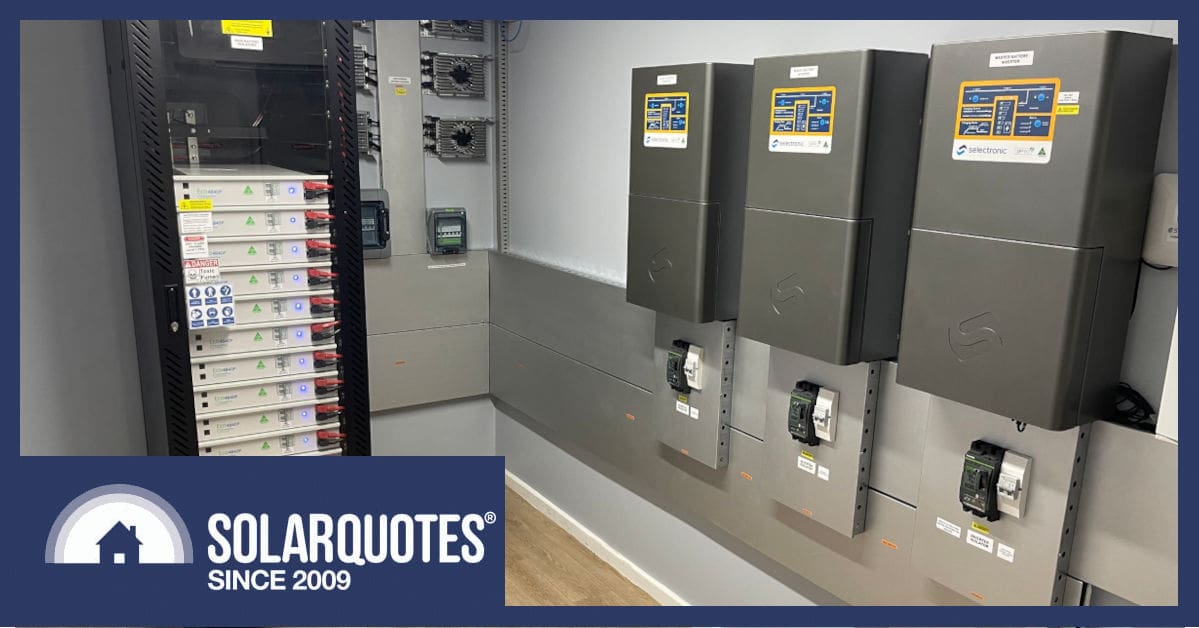
One battery and three of the best inverters made anywhere.
It wasn’t so long ago that 1kW was the average size of a solar power system. Keen customers bought 1.5kW. The first 2kW job I did was on a garage full of Mercs that overlooked a winery. Fast forward just a decade and a half and 6.6kW has become the basic measuring stick for quotes, with average system sizes surpassing 10kW.
As system sizes have grown, so has demand for 3 phase solar power.
If you’d like to brush up on what I mean by 3 phase power, take a look at this explainer before you read on.
We also recently wrote about the many different options now available for 3 phase hybrids using batteries.
However there are still questions to be answered about 3 phase solar, and battery backups, as demonstrated in the still-active comments section on this blog from 2018.
I’ll be addressing one comment in particular:
“I recently got a quote for a battery solar system for my 3 phase home, the sales person said I would need 3 separate solar batteries of 3kw each being the best way to do it which of course is going to inflate the cost, is this true I would need 3 batteries and is there a way to only use the one battery by way of certain modifications?”
Unfortunately, there’s no simple answer to the question.
Rather, different brands and different models will address the challenge in different ways. It’s also possible this particular sales person has misinterpreted the rules.
When installing solar in a 3 phase home, you may need to balance three inverter capacities. But that doesn’t necessarily need three batteries. Read on as we delve into why.
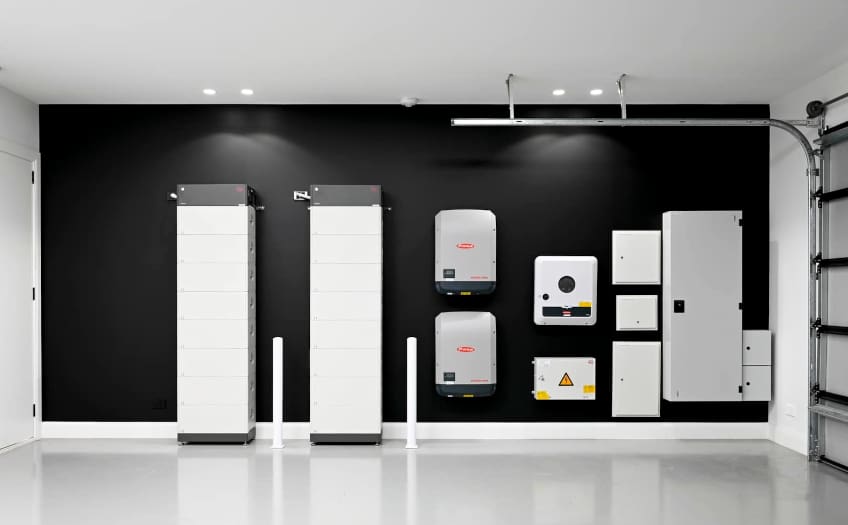
One x Fronius Symo Gen24 with parallel BYD battery stacks and two x Fronius Symo Snap inverters. Brilliant.
Three Benefits Of 3 Phase Electricity
- Where single phase electricity cycles 50 times per second, the beauty of 3 phase is the smoothness of supply. Instead of a pulse pushing and pulling 180° apart, 3 phase has successive overlapping pulses at 120°. This means motors run smoothly, efficiently and don’t need special circuits to start them rolling. That said, things like smart-drive washing machines and inverter air conditioners (with brushless DC motors) arguably mean the smooth superiority of 3 phase is becoming irrelevant.
- For the same amount of energy, a 3 phase circuit needs one third of the current, so the cabling required is lighter and therefore cheaper.
- Perhaps the biggest benefit of 3 phase: you can pull more power from the grid.
Higher Capacity
A nominal single phase 63amp service, at 230VAC, delivers 14.5kW to your house. This is just enough to run two ordinary EV charging outlets.
If you’re hosting a home wedding, it’s enough for a bain marie, a deep fryer, two urns and the bride’s hair dryer.
By comparison, a 3 phase service can deliver 43.5kW.
That’s almost as much peak power as my 12 year old electric kei car, and a quarter of the power of a basic Tesla Model 3 or an old V8 Commodore.
At your home wedding, you can double your catering service and still have capacity for a live band (just don’t let them unplug the spit roast for their amps).
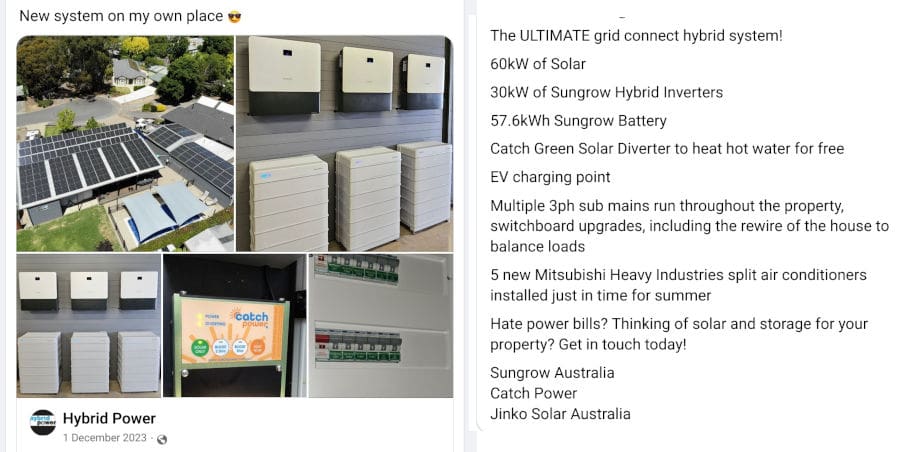
When good installers go one better you get 60kWp on the house. Image credit: Mark Bates.
The take-home message is this: as we electrify our lives and move to electric mobility, 3 phase will be increasingly necessary.
So if you want more solar power, having 3 phase means you can generally get 30kW of inverter capacity approved, and as much as 60kW of solar panels on the roof. That’ll yield about 265kWh per day where I’m from.
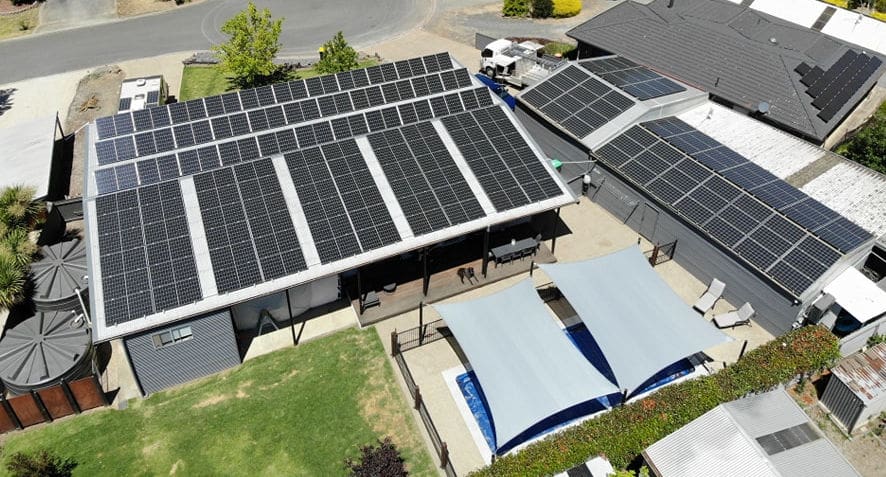
60kW of solar power is well used with an appetite of 130kWh/day to run air-conditioning and pool heating
Challenges To Consider
When 3-phases Limit Your Solar Yield
Under ASNZ:4777 standards, 3 phase inverters must have balanced output. That means an even amount of power on each phase.
For example, you could have a 20kW inverter, but a solar export limit of 1.5kW per phase (applicable in WA)
Here’s how that can create an artificial ceiling on your solar yield:
Say it’s sunny at midday; the car charger is using 7kW on phase A, and a large air conditioner is using another 7kW on phase B. That means a total load of 14kW.
For balance, the hot water service runs on phase C, but because it’s already hot, there’s no load on phase C. The export limit means the inverter cannot produce more than three times 1.5kW, a total of 4.5kW.
Despite potentially having plenty of sunshine, the house will still only be able to generate an even 4.5kW of solar power. It will import, and be billed for, the other 9.5kW required to power the car charger and air conditioner.
If the thermostat closes to turn the 3.6kW hot water service back on, inverter output can increase to 5.1kW per phase, or 15.3kW. It’s counter intuitive, but increased consumption means total generation increases, and imports fall to 2.4kW.
If the Distributed Network Service Provider (DNSP) allows average phase limits, rather than ‘weakest phase’ settings (required in New Zealand, for instance) then this problem may be alleviated.
Balanced Output Makes Backup Awkward
If you want the lights on when the grid fails, that’s easy enough.
Where 3 phase hybrid systems fall down, is the fact that for a nominal 10kW inverter you’ll only get 3.7kW (at best) as a surge rating for a single phase load.
If you have a 450w motor, like a small rainwater pump or heat pump hot water unit, then the inverter may struggle to get it started.
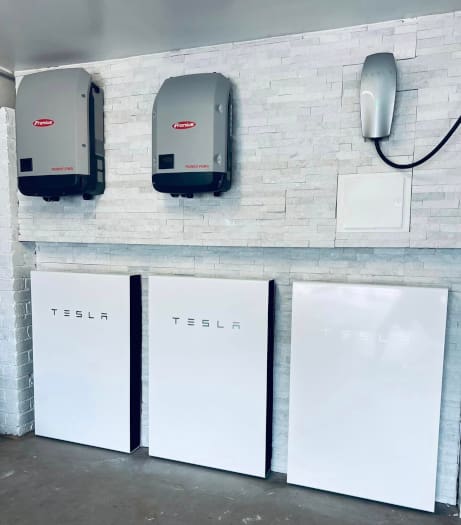
Beautifully executed Tesla Powerwall and Fronius combination from Scott Mason. Powerwall cannot offer 3 phase backup.
Will Three Single Phase Inverters Work?
Using three single phase inverters can get around some of these problems. They will follow individual phases, independently meeting whatever load is imposed.
It’s feasible to have different brand and size inverters running as conventional, grid-connect solar, provided you can meet DNSP technical compliance.
Given the appropriate switchboard segregation, single phase hybrids can offer full-rated capacity for whatever off-grid surge load you need.
In fact, Solar Edge had to withdraw its 3 phase hybrid model. Instead it now offers a special backup gateway that disconnects 3 phase appliances and then bridges everything else together, to offer whole-of-home single phase backup. A clever electrician could probably do the same with other brands of equipment.
However, if you want heavy-duty backup of all phases you will need three inverters and three batteries, plus a switchboard arranged to run three separate systems. Being separate, they will not form a 120° synchronised grid to run a 3 phase machine (unless you buy the absolutely incomparable Selectronic SPPro).
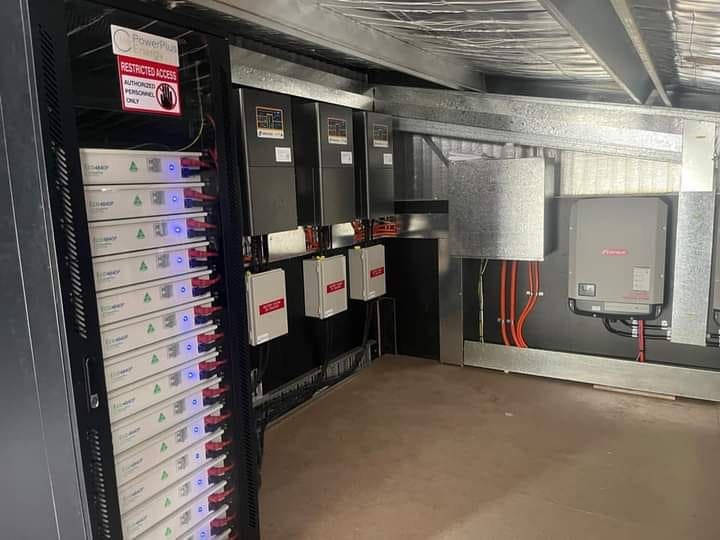
Another beautifully executed 3 Phase Selectronic system from Peter Cunningham.
The other thing many miss is a phase failure system that will turn off all inverters in the network if one dies.
Some brands can be coupled to perform this more important function, others will need a stand alone device at more expense to make any potential inspectors happy.
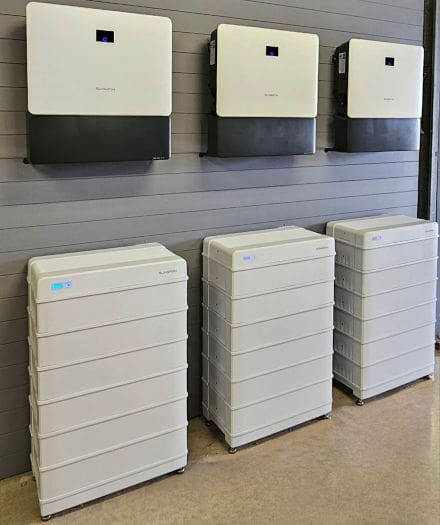
Three 10kW Single Phase Hybrid Sungrow inverters.
Don’t Start Over
I’m sure many electricians have installed unbalanced solar power systems and just ticked the DNSP box to say: ‘yessir it’s compliant’.
Some combinations of hardware are simply impossible to arrange evenly if the customer doesn’t have the budget to bin everything and start again.
In my opinion, the technical breach isn’t as immoral as making e-waste out of good functioning equipment.
So Do You Need Three Batteries For a 3 Phase House?
In most cases you probably don’t need three batteries, but batteries themselves can be modular, you may need more than one inverter, so there’s no clear answer to the question.
As 3 phase power becomes more common, we may see more brands lifting the bar and bringing out more capable products for simpler and more flexible systems, but it’s an incremental transition.
Don’t Worry Too Much
It’s down to your installer to marry the technical solutions to your requirements, while following all the rules.
As a solar customer, it’s really important to remember to document exactly what you want and decide on your budget.
Take your expectations to your installer. Maintain your priorities, but be prepared to take advice — things like backing up a whole property can quickly become impractical, or serving multiple buildings may be impossible with a particular brand or model.
Sticking to your guns won’t help if a certain DNSP connection rule can’t be met, but abandoning mains power never makes much sense either.
Striking a balance between budget, capability, and compliance can be difficult, but if treating the grid with contempt is more your style, it is possible. Just be prepared for some fearlessness in invoicing.
Original Source: https://www.solarquotes.com.au/blog/three-batteries-3-phase/

